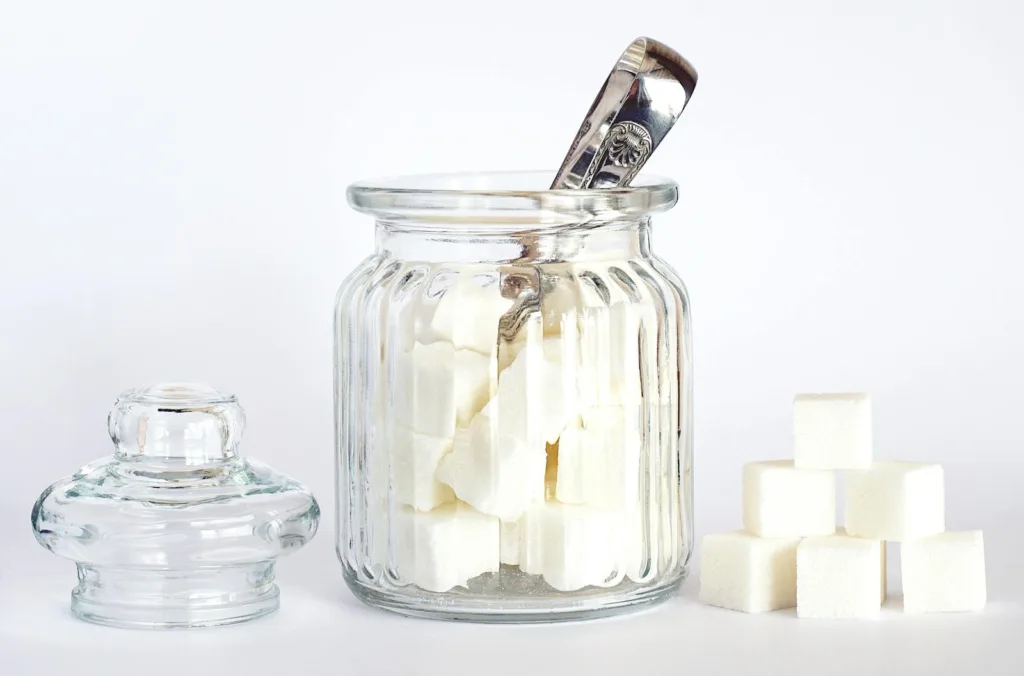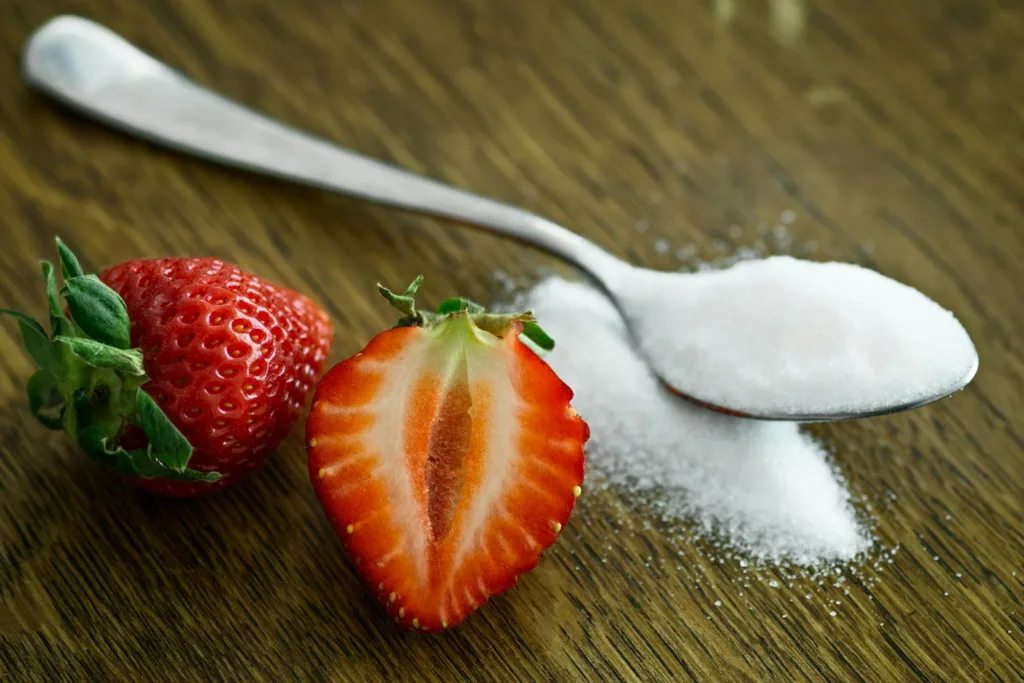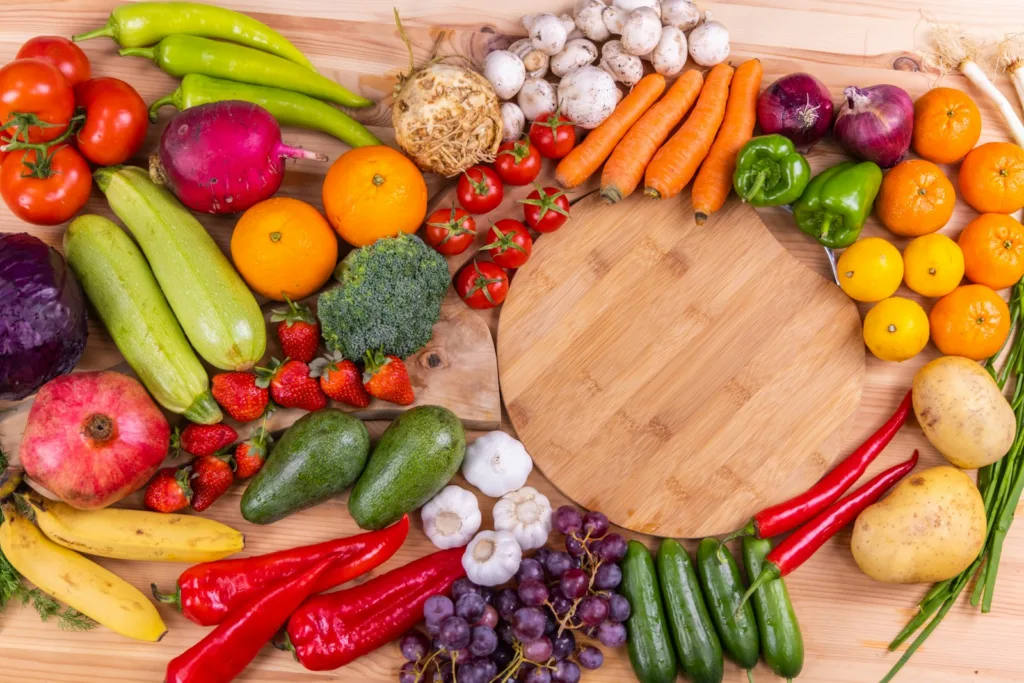Table of Contents
The globe has imposed a sugar intake moratorium. A thorough evaluation of research that has been released recently revealed the detrimental connection between disease and sugar consumption.
Acknowledging the connection between commonly consumed food and illness is crucial for organizing efforts to modify detrimental consequences. These include tooth decay, obesity, type 2 diabetes, coronary heart disease, and some malignancies. My study has been focused on the ways that fructose intake contributes to disease for more than ten years.
An increasing number of African nations are participating in global initiatives aimed at lowering sugar consumption. For instance, in 2018, South Africa imposed a levy on drinks with added sugar in an effort to combat obesity, diabetes, and other non-communicable diseases.
Since sugar has become a staple of diets and is often served at special occasions, it might be challenging to stay away from it. But the first step is to educate ourselves about the nature of sugar and its potential effects on our health.
Sugar: What is it?
A class of naturally occurring compounds with a sweet taste that can be found in plants, fruits, vegetables, and animal milk. It can be concentrated in processed foods after being removed from these natural sources.
Glucose and fructose are the components in sucrose (table sugar) that taste sweet.

Among disaccharides is sucrose. This molecule is composed of two simple sugars that are chemically linked to one another in a 1:1 ratio: glucose and fructose. Many foods that are processed include sucrose.
Glucose and fructose monosaccharides are combined to create high fructose corn syrup, which is also found in processed foods. Typically, the ratio is 55% fructose and 45% glucose.
Processed foods include higher concentrations of sucrose and high fructose corn syrup than fruits and vegetables.
When added to food or beverages, both are considered as added sugars. They can be added for color and texture, as a preservative, or to promote fermentation in addition to their sweet flavor.
Other naturally occurring sugars can be present in the foods we consume. The disaccharide lactose, often known as milk sugar, is composed of two simple sugars, galactose and glucose, in a 1:1 ratio. It is naturally created in the milk of mammals to nourish their progeny and can also be found in other dairy products like cheese and ice cream.
The main components of honey, which is produced by honeybees from nectar, are glucose and fructose monosaccharides, along with trace amounts of maltose, sucrose, and other carbohydrates. Breakfast cereals and breads include maltose, a disaccharide made up of two molecules glucose.
Depending on their demands, plants, bees, or mammals naturally produce occurring sugars.
All of the body’s cells, including the brain cells, require glucose as fuel. One of the reasons for this is that our blood glucose levels should remain constant over the day and night.
Our bodies use fructose in a distinct way. It can be converted into triglycerides, which are fats, or glucose, which is used as fuel. Increases in blood triglycerides, liver fat, blood sugar, body mass index, and insulin resistance—a condition in which the body finds it difficult to eliminate glucose from the bloodstream—can result from eating diets high in fructose.
A higher risk of metabolic dysfunction, type 2 diabetes, and non-alcoholic fatty liver disease (also known as metabolic dysfunction-associated steatotic liver disease) can result from elevated levels of these indicators.
We need to be aware of the added sugar we eat since the body metabolizes glucose and fructose differently and because there is evidence linking higher sugar intake to poorer health outcomes.
What would happen if we stopped consuming Sugar?
Scientists conducted a study and wrote a series of research papers that described in great detail what happened to over forty children (ages eight to eighteen) who stopped consuming fructose and sugar for ten days. The subjects continued to consume bread, hotdogs, and snacks. They gave up fructose consumption. These investigations discovered notable decreases in:
- freshly produced fats, or triglycerides
- blood glucose fasting
- blood pressure
- fat that is accumulated on the liver and other organs
- An indicator of liver function is AST.
- insulin resistance because their cells had superior blood glucose removal capabilities
- index of body mass.
In addition, the individuals said they felt better and behaved better.

Reducing daily sugar consumption to 58 grams, or 14 teaspoons, or between 5% and 10% of total calorie intake is advised for both adults and children by the World Health Organization.
There isn’t much sugar in this.
Think about how much sugar is in a 300 ml Coca-Cola bottle or a 240 ml cup of sugarcane juice. A single piece of mandazi, a famous deep-fried wheat snack from Kenya, contains approximately 4 grams of sugar, or 6% of the recommended daily consumption of sugar.
How do I cut back on sugar until I’m eating the acceptable amounts?
First, record everything you consume, including what you eat, when you eat, and how much you eat, throughout the course of a typical day. Second, recognize the items that have added sugars and award yourself a star for the fresh veggies and whole fruits you consume.
Now, make a realistic goal that identifies one item you can either:
- Eat more complete fruits and vegetables.
- Reduce the quantity of additional sugar you consume on a daily basis.

This way, you can monitor the amount of sugar you eat and make changes to your diet.
you may also like : How to Cook an Eggs in the Healthiest 3 Way
First, record everything you consume, including what you eat, when you eat, and how much you eat, throughout the course of a typical day. Second, recognize the items that have added sugars and award yourself a star for the fresh veggies and whole fruits you consume.
First, record everything you consume, including what you eat, when you eat, and how much you eat, throughout the course of a typical day. Second, recognize the items that have added sugars and award yourself a star for the fresh veggies and whole fruits you consume.
First, record everything you consume, including what you eat, when you eat, and how much you eat, throughout the course of a typical day. Second, recognize the items that have added sugars and award yourself a star for the fresh veggies and whole fruits you consume.
What is sugar and what would happen if I stopped eating it? A scientist explains (medicalxpress.com)

